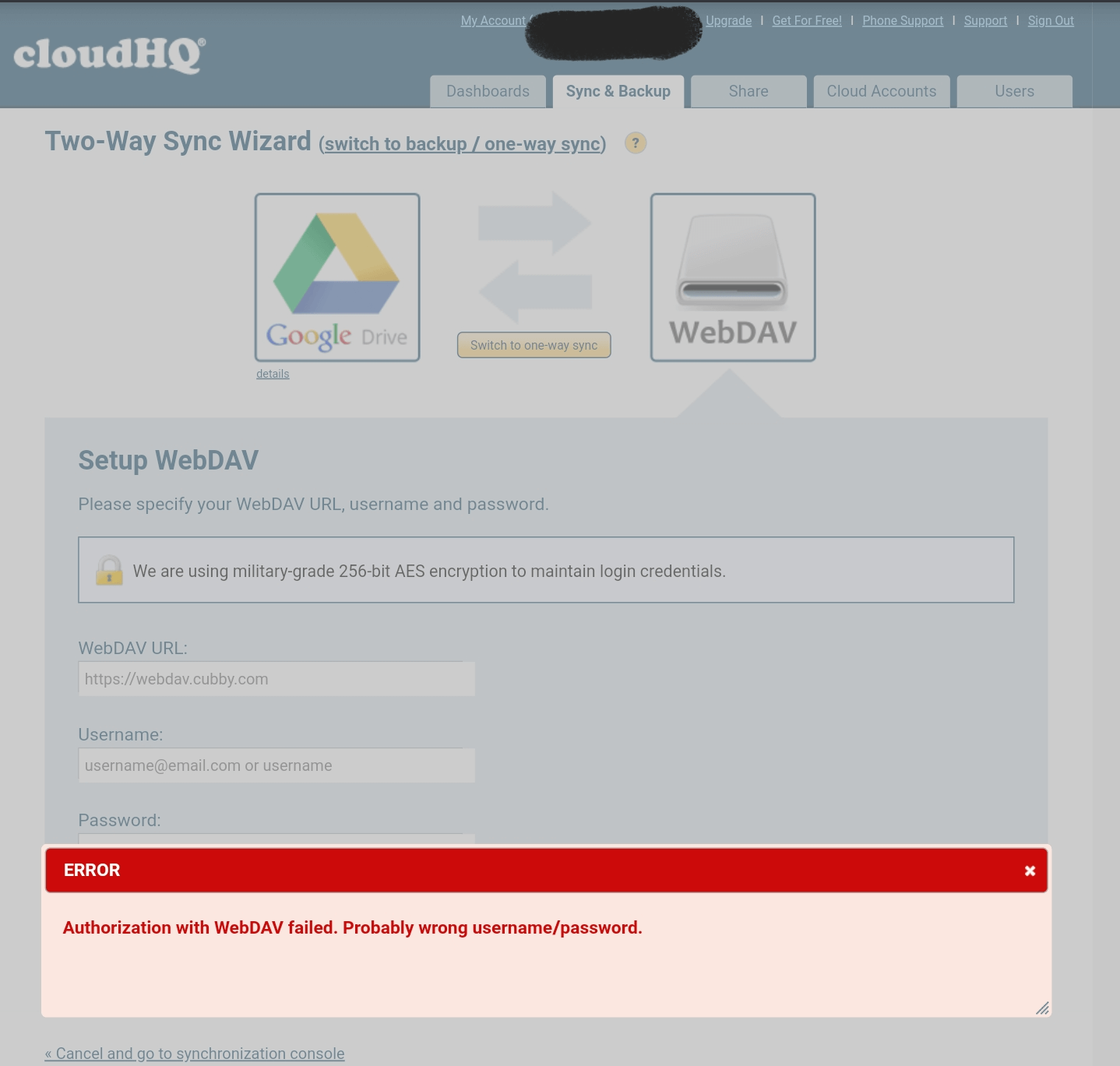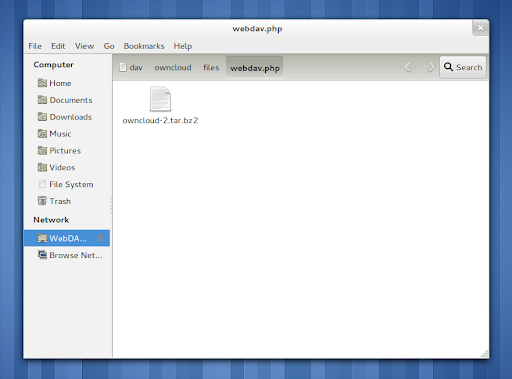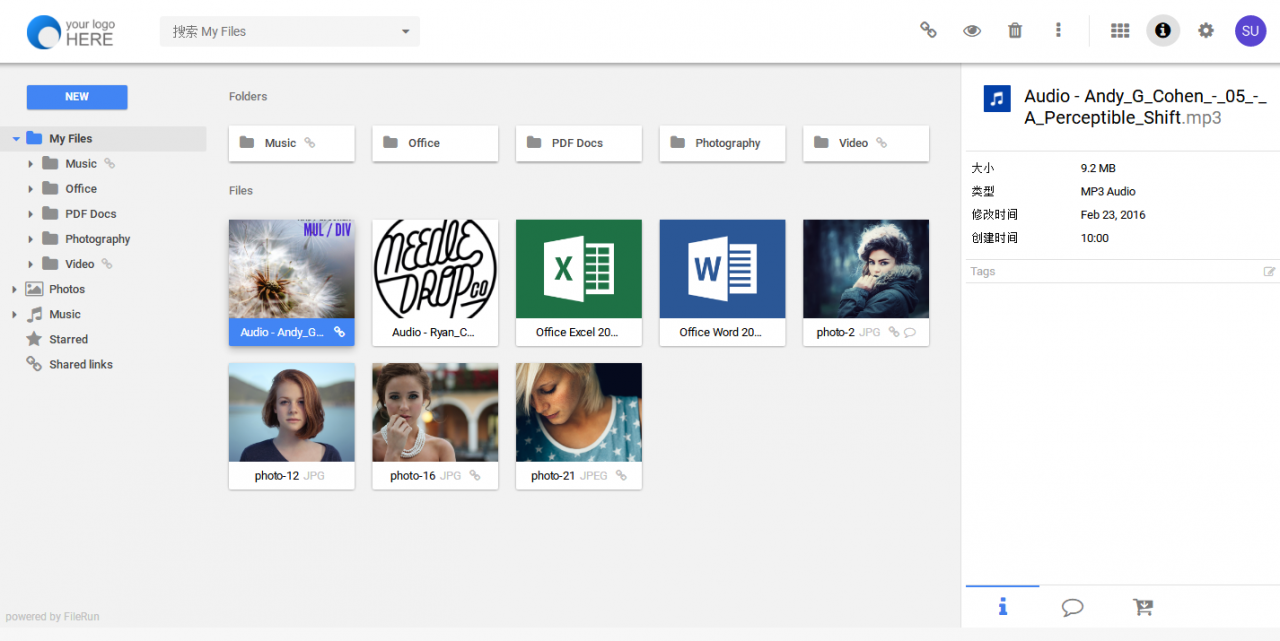

Owncloud did, but this seems to be fixed as of (tested with rclone v1.53.1 and Nextcloud Server v19). Nextcloud initially did not support streaming of files ( rcat) whereas This is configured in an identical way to Owncloud. Owncloud supports modified times using the X-OC-Mtime header. Will show the WebDAV URL that rclone needs in the config step. OwncloudĬlick on the settings cog in the bottom right of the page and this See below for notes on specific providers. Standardįor example, to set a Cookie use 'Cookie,name=value', or '"Cookie","name=value"'. The input format is comma separated list of key,value pairs. Use this to set additional HTTP headers for all transactions See the encoding section in the overview for more info.ĭefault encoding is Slash,LtGt,DoubleQuote,Colon,Question,Asterisk,Pipe,Hash,Percent,BackSlash,Del,Ctl,LeftSpace,LeftTilde,RightSpace,RightPeriod,InvalidUtf8 for sharepoint-ntlm or identity otherwise.

NB Input to this must be obscured - see rclone obscure.īearer token instead of user/pass (e.g. In case NTLM authentication is used, the username should be in the format 'Domain\User'.
#Webdav owncloud how to
Here is an example of how to make a remote called remote. If you know what kind of system you areĬonnecting to then rclone can enable extra features. To configure the WebDAV remote you will need to have a URL for it, andĪ username and password. The user name is the same as your user name for the SURFdrive service.Paths may be as deep as required, e.g. To be able to use the WebDAV protocol with external applications, a set of WebDAV credentials needs to be created which consists of a user name and a password. For this reason we always advise to make use of the SURFdrive client (or in the case of Linux, the OwnCloud client).Īt the bottom of the following page we explain how to configure WebDAV: įor more information see also the OwnCloud documentation. Therefore, this is much more user-friendly. With the SURFdrive sync client files are locally saved and subsequently synchronized by the client in the background. Every time a user saves or edits a file, he will have to wait until WEBdav has executed this action via the SURFdrive server.When a folder with a large number of files is opened, the WebDAV client will get those from the server one by one.

However, using WebDAV means that all actions are executed via the server. SURFdrive is accessible via the WebDAV protocol.


 0 kommentar(er)
0 kommentar(er)
